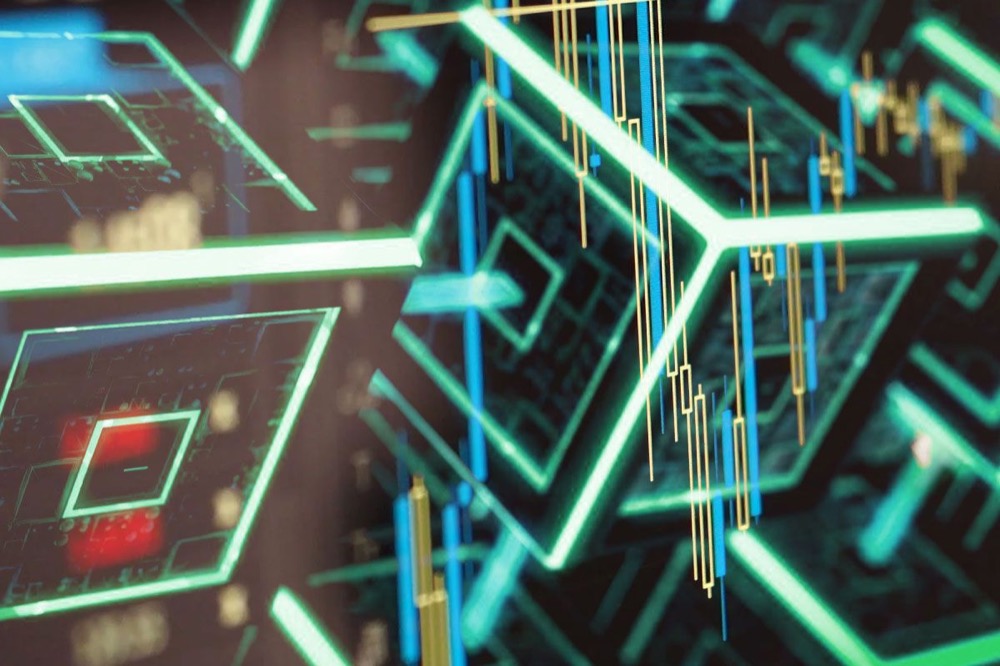
Fiat money used by the whole world, including major currencies and dollar, may disappear in the near future. They will be replaced by digital financial instruments based on distributed ledger technology. Usual wallets will be replaced by multi-currency wallets like Bitmarket Network Client. This forecast was presented by the Deloitte company in the global research “New Age of Digital Assets”. More than 1,200 CEOs from 10 countries, including the USA and UK, China and Germany took part in the survey. A quarter of the responding companies are directly related to the financial industry.
The end of physical money we are accustomed to is inevitable. Participants of the study are confident that digital assets will replace fiat currencies:
● 76% of the survey participants are confident in the inevitable withdrawal of fiat. The same assessment was given by respondents from the financial sector.
● 78% of respondents believe that in the next two years, the blockchain underlying digital financial assets (DFA) will become fundamentally important.
“Digital assets are increasingly being used as a medium of exchange and savings now, and the shift affecting the global financial services industry has become bigger,” the experts say.
What is preventing CFA?
Most often, respondents expect a positive effect from the introduction of digital currencies by central banks (42%), 38% participants expect it from algorithmic stablecoins. Participants believe that digital assets will be most actively used to diversify investments, to create new means of payment, to tokenize traditional assets. The importance of decisions focused on the storage of DFAs is also separately noted.

So far, a number of barriers prevent the active introduction of digital assets. However, apparently, they will be removed in the coming years. the survey participants expect. Among the most significant for the market, survey participants noted:
- cybersecurity (71%),
- regulatory restrictions (63%),
- insufficient financial infrastructure (62%).
At the same time, three quarters of respondents are of the opinion that Blockchain, digital assets and cryptocurrencies will inevitably become part of the business strategy of companies. 73% are confident that their companies will lose their competitiveness if they do not implement Blockchain.
The readiness of businesses to accept and implement Blockchain and digital assets is growing markedly, with more and more companies agreeing that current business models are in question, the research showed.
Financial services companies will have to use cryptocurrencies, digital assets and Blockchain, otherwise they risk losing to competitors. Market participants expect to benefit from a range of assets for their businesses, such as stablecoins (cryptocurrencies pegged to stocks of common currencies or physical commodities) and central bank digital currencies (CBDC).
The study notes that the flow of funds into digital assets is increasing as investors are increasingly interested in them as a way to save money. New business models are emerging around cryptocurrency, reflecting the changes in the financial industry.
Despite the fact that cryptocurrency is very different from fiat money, it is also stored in wallets. However, not only on paper and online, but also on devices. For example, Bitmarket Network Clint is a local cross-platform wallet. This means that it can be downloaded to various devices such as Windows, MacOS, Android and iOS. The lack of an Internet connection is not its disadvantage, on the contrary – all personal keys from the storages are carefully protected. The multicurrency of this wallet allows clients to store not only Bitcoins, but also Litecoins and Ethereum. Thus, there are already secure and reliable services for storing cryptocurrencies.
